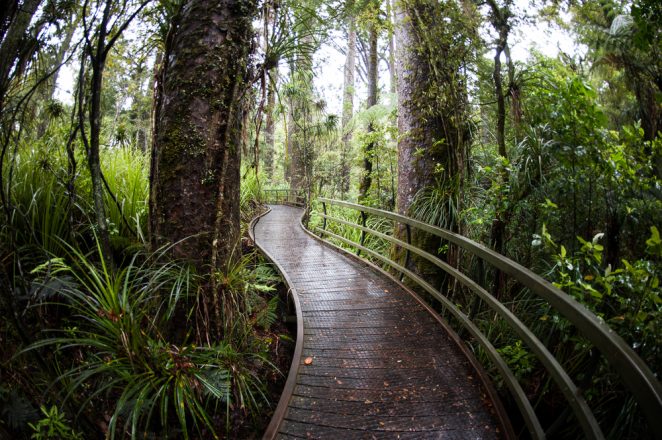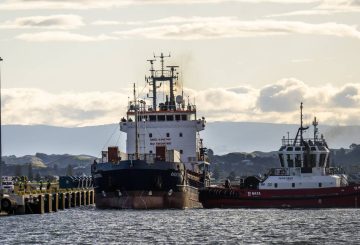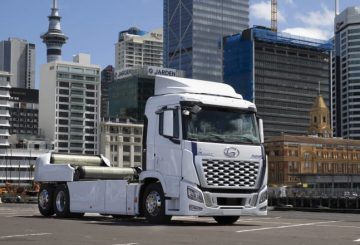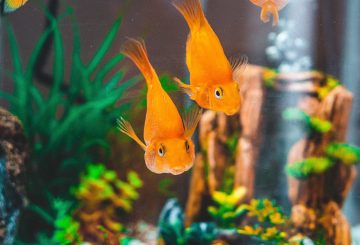The Government is pitching in to help vital work to protect nationally significant kauri forests in Auckland, Minister of Conservation Kiri Allan says.
“Ensuring the survival of these iconic trees for future generations means doing everything we can to prevent the potential spread of kauri dieback disease,” Kiri Allan said.
“But prior to the latest Level 4 lockdown park closures in the region to stop inadvertent spread saw increased numbers of people getting out into other areas and that’s also had an impact.
“The project we are backing, with a $1.9 million funding boost through Jobs for Nature, is an extension of Auckland Council’s current regional kauri dieback programme in the Waitakeres.
“It is being led by Auckland Council with support from Te Kawerau ā Maki and is expected to employ 12 people over a two-year period.
“Work is carried out includes upgrading some tracks in kauri areas to enable them to re-open, along with maintenance work on tracks in areas impacted by higher recreational use.
“Having people keep to paths and boardwalks mean less damage to sensitive tree roots and prevent the movement of contaminated soil, ensuring the best possible protection of our fantastic kauri while also delivering green space recreational opportunities in New Zealand’s largest city.
“This initiative will not only get local communities out in the natural environment without the risk of harming endangered native flora but also creates jobs in communities that really need them, a core part of our recovery plan as we lay the foundations for the post-COVID future,” Kiri Allan said.
Associate Minister for the Environment James Shaw said our Kauri forests were an incredibly important taonga for Aotearoa New Zealand. “Today’s announcement will expand Auckland Council’s work to help ensure these special trees remain standing, healthy, and strong,” he said.
(With Inputs from New Zealand Government Press Release)
























































-helped-regain-her-strength-and-balance-using-Nymbl-after-a-fall.-660x440.jpg)


